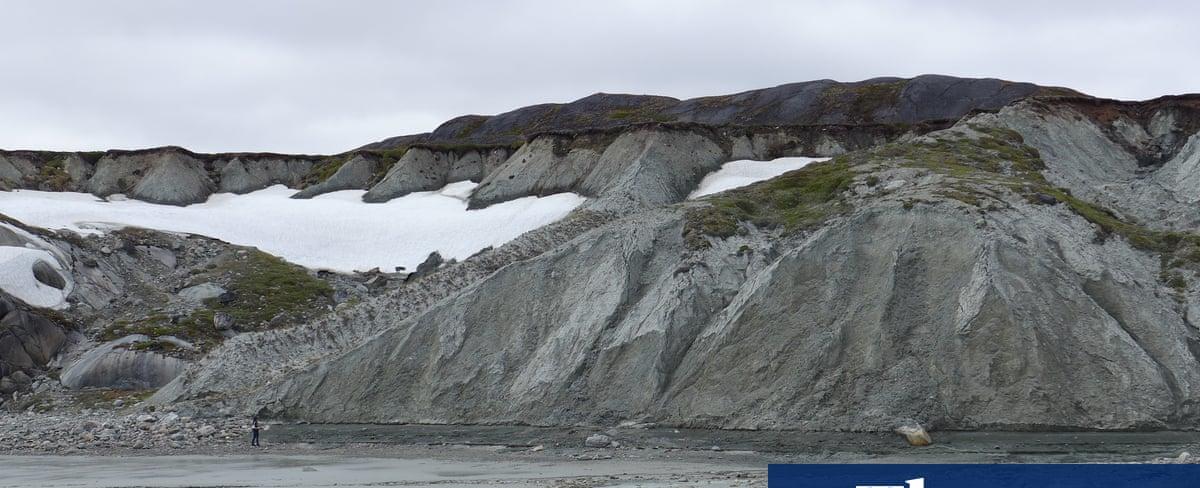Rock ‘flour’ from Greenland can capture significant CO2, study shows

Rock ‘flour’ from Greenland has shown a promising capacity to absorb harmful carbon dioxide, according to a study conducted by researchers at the University of Sheffield and published in the journal Communications Earth and Environment.
What caught our attention is the innovative approach to reducing CO2 emissions. The study suggests that “glacial flour” - the fine-grained material created when glaciers move and erode rocks - could be used as a carbon sink. It takes thousands of years for glacial flour to form, and it could potentially capture CO2 in a matter of weeks.
The researchers conducted experiments to see how the glacial flour could absorb CO2. They found that when the flour was mixed with water, it created a high-pH solution that absorbed the gas more efficiently than the surrounding seawater.
The study also noted the significance of Greenland’s ice sheet melting. As it melts, it leaves behind a large quantity of rock flour, making it a potential contributor to CO2 capture efforts.
This is an exciting development in the fight against climate change. The use of natural materials like glacial flour to absorb CO2 could be an effective and sustainable way to reduce carbon emissions. However, the study suggests that more research is needed to determine the scale of its potential benefits and drawbacks.
Overall, this study offers a promising avenue for addressing the urgent need to reduce greenhouse gas emissions and protect our planet.
Quick Links

